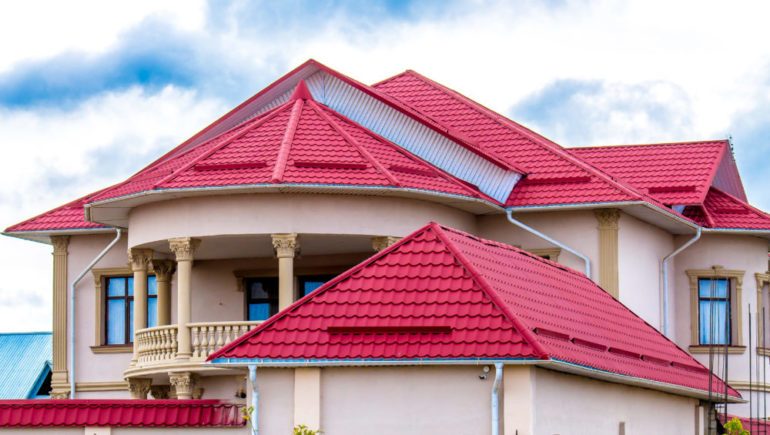One of the big advantages to buying a newer home is the use of modern building materials that reduce — and in some cases, completely eliminate — the need for costly home repairs. Check out these advances in building materials and techniques, which are also a great choice for those with older homes facing big-ticket replacement costs.
Fiber cement board has revolutionized the siding of houses. A mixture of sand, cement and cellulose fiber, it comes in planks, sheets and shakes, with a wood grain pattern that is indistinguishable from real wood. It doesn’t rot like wood siding, and it’s impervious to wood-destroying insects such as termites. It’s also fireproof. More recent versions come with baked-on paint finishes with a fifteen-year warranty, and the board itself will last fifty years or more.
Composite material for decks and shade arbors let you enjoy your surroundings without having to worry about rot, chipping, or wood-destroying insects. The products don’t require repainting or refinishing. Only the occasional hose down is needed. Made to look like real wood, they are attractive, yet tough as nails.
Fiberglass is the best material for window frames, replacing wood, vinyl and aluminum. They don’t warp, can hold paint much longer than wood, and resist the ravages of temperature extremes that cause problems with vinyl and aluminum. Look for windows with the Energy Star blue label.
An enamel coated, galvanized zinc undercoated metal roof is tough, lasting fifty years. It is fire-resistant, comes in multiple colors, and can even mimic slate and tile roofs. By comparison, the old standby asphalt-composite shingle roof needs replacing every 20 years.
Flooring materials have also seen vast improvements over the years. When choosing carpet, look for tough stain-resistant fibers. Nothing beats nylon for these qualities. A new fiber, called Triexta also has excellent stain-resistant properties. If hardwoods are the look you desire, consider laminate, which looks similar but is tougher and easier to clean. Also consider engineered hardwood floors, which are real wood, but are harder and more resistant to wear than traditional types. Polished or stained concrete also has gained in popularity as a low-maintenance flooring material.
When it comes to countertops, quartz is probably the best combination of beauty and ease of care. Quartz counters are stain- and scratch-resistant and wipe down easily. The newer laminates, which mimic stone, are also popular. They, too, are tough, stain-resistant and wipe clean in seconds.
Recycled glass is eco-friendly, heat- and stain-resistant. Zinc counters are non-porous and bacteria-resistant, and over time they darken to a beautiful luster. Finally, lava stone, which is impervious to almost anything you could do to it, is surging in popularity despite its expense — more than $200 per foot.
Even landscape techniques are evolving. Low-maintenance grasses, such as Bermuda and Zoysia, require less watering and mowing. Be sure to check which types of grass thrive in your climate zone. Another landscaping technique is to use less lawn and more bedding plants and shrubs. If you live in areas where water rationing occurs, check into Xeriscape, a style of landscape design requiring little or no irrigation or other maintenance. It’s most commonly used in arid regions.


